| |
|
|
35.
| Who is Joseph Anton |
| |

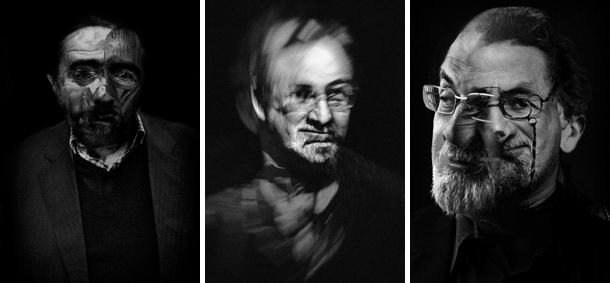
Serie started in 2012, 70 x 50 cm each & 20 x 30 cm, impression jet d’encre sur papier baryté
Exhibition view from Darkening Process, MMP+, 2016, Marrakech.
Courtesy of the artist and ADN Galeria, Barcelona.
Ed. of 5 + 2 A.P.
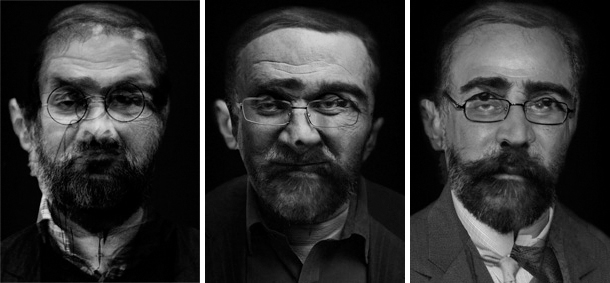
Serie started in 2012, 70 x 50 cm each & 20 x 30 cm, impression jet d’encre sur papier baryté
Exhibition view from Darkening Process, MMP+, 2016, Marrakech.
Ed. of 5 + 2 A.P.
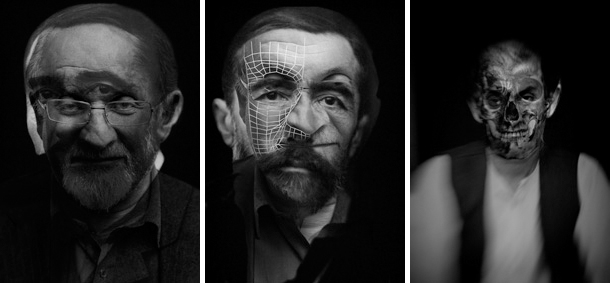
Serie started in 2012, 70 x 50 cm each & 20 x 30 cm, impression jet d’encre sur papier baryté
Exhibition view from Darkening Process, MMP+, 2016, Marrakech.
Courtesy of the artist and Ceysson Benetiere, Paris.
Ed. of 5 + 2 A.P.
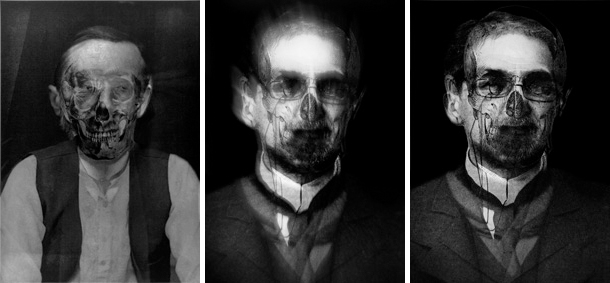
Serie started in 2012, 70 x 50 cm each & 20 x 30 cm, impression jet d’encre sur papier baryté
Exhibition view from Darkening Process, MMP+, 2016, Marrakech.
Ed. of 5 + 2 A.P.

Serie started in 2012, 70 x 50 cm each & 20 x 30 cm, impression jet d’encre sur papier baryté
Exhibition view from Darkening Process, MMP+, 2016, Marrakech.
Ed. of 5 + 2 A.P.
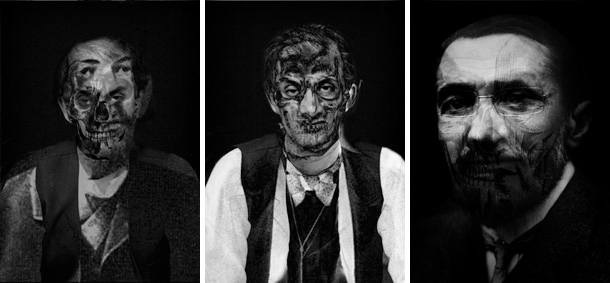
Serie started in 2012, 70 x 50 cm each & 20 x 30 cm, impression jet d’encre sur papier baryté
Exhibition view from Darkening Process, MMP+, 2016, Marrakech.
Ed. of 5 + 2 A.P.

Serie started in 2012, 70 x 50 cm each & 20 x 30 cm, impression jet d’encre sur papier baryté
Exhibition view from Darkening Process, MMP+, 2016, Marrakech.
Ed. of 5 + 2 A.P.
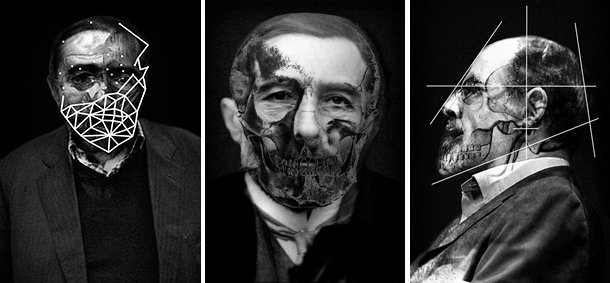
Serie started in 2012, 70 x 50 cm each & 20 x 30 cm, impression jet d’encre sur papier baryté
Exhibition view from Darkening Process, MMP+, 2016, Marrakech.
Courtesy of the artist and ADN Galeria, Barcelona.
Ed. of 5 + 2 A.P.
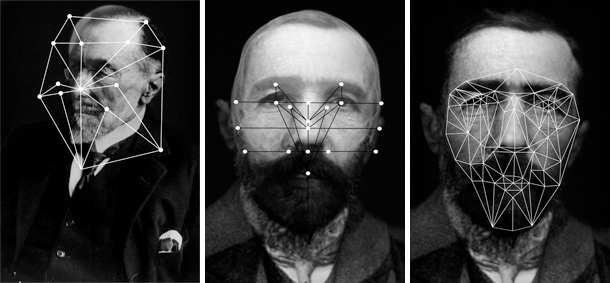
Serie started in 2012, 60 x 40, print on mirror.
Exhibition view from Darkening Process, MMP+, 2016, Marrakech.
Courtesy of the artist and ADN Galeria, Barcelona.
Ed. of 5 + 2 A.P.
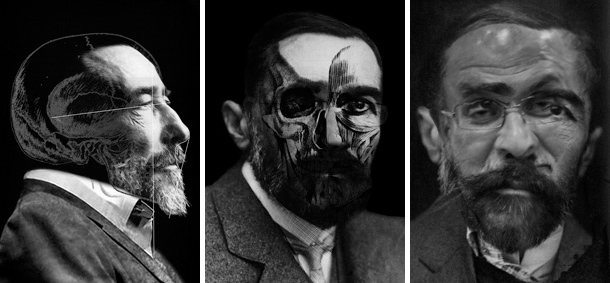
Serie started in 2012, 60 x 40, print on mirror.
Exhibition view from Darkening Process, MMP+, 2016, Marrakech.
Courtesy of the artist and ADN Galeria, Barcelona.
Ed. of 5 + 2 A.P.
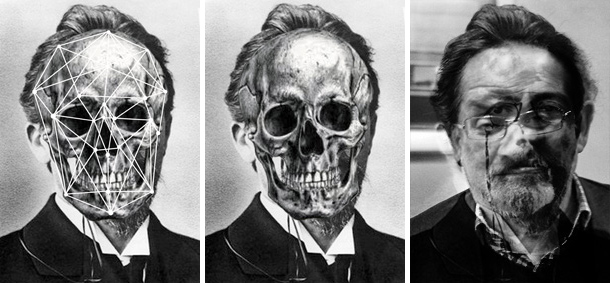
Serie started in 2012, 70 x 50 cm each & 20 x 30 cm, impression jet d’encre sur papier baryté
Exhibition view from Darkening Process, MMP+, 2016, Marrakech.
Courtesy of the artist and Ceysson Benetiere, Paris.
Ed. of 5 + 2 A.P.
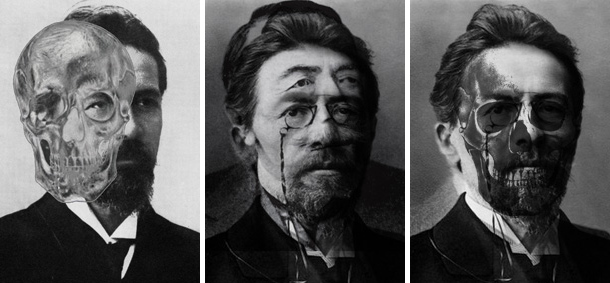
Serie started in 2012, 70 x 50 cm each & 20 x 30 cm, impression jet d’encre sur papier baryté
Exhibition view from Intersections, Keitelman Gallery, 2013, Brussels.
Courtesy of the artist and ADN Galeria, Barcelona.
Ed. of 5 + 2 A.P.

Serie started in 2012, 70 x 50 cm each & 20 x 30 cm, impression jet d’encre sur papier baryté
Exhibition view from Intersections, Keitelman Gallery, 2013, Brussels.
Courtesy of the artist and ADN Galeria, Barcelona.
Ed. of 5 + 2 A.P.
“There are too many faces in Who Is Joseph Anton, 2012. This psychedelic amalgamation of literary giants includes Salman Rushdie, Anton Chekhov, and Joseph Conrad. They may be three unique personalities,
but Mounir Fatmi intends for them to be just one: Joseph Anton, a character who exists only in Rushdie’s mind, a pseudonym that the besieged writer uses to divert attention from his real identity in order to survive.”
Myrna Ayad, Art Forum, January 2016

Who is Joseph Anton
Exhibition view from The Day of the Awakening, CDAN, 2018, Huesca.
Courtesy of the artist.
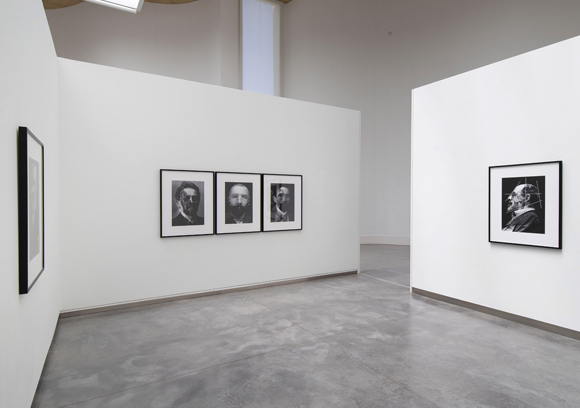
Who is Joseph Anton
Exhibition view from The Day of the Awakening, CDAN, 2018, Huesca.
Courtesy of the artist.
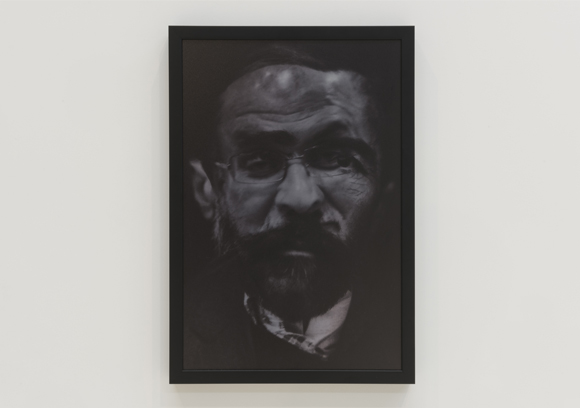
Who is Joseph Anton
Exhibition view from Darkening Process, MMP+, 2016, Marrakech.
Courtesy of the artist.
|
|
|
|
|
| Collection of Galila’s P.O.C, Brussels
|
Qui est Joseph Anton est une série de photomontages basés sur les portraits de trois écrivains : Joseph Conrad, Anton Tchekhov et Salman Rushdie. L’idée de ce projet s’inspire en partie d’une rencontre de Mounir Fatmi avec Salman Rushdie à Bruxelles lors d’un événement pour la sortie de son autobiographie intitulée Joseph Anton. Quand Rushdie a été forcé de vivre caché suite à la fatwa prononcée contre lui, il adopta le pseudonyme de Joseph Anton, mêlant les noms de ses deux écrivains préférés, Joseph Conrad et Anton Tchekhov. Ce nom était à la fois un hommage et une inspiration pour Rushdie, pour qu’il continue à écrire.
Commençant avec des portraits classiques de ces trois écrivains, les images ont subi une série de transformations numériques en utilisant un logiciel de portraits robots anciennement utilisé par le FBI, mais aussi des photos, dessins, modèles 3D et des documents scientifique anciens, notamment de vieux schémas de crânes. Les images finales, en noir et blanc, sont des mutations terrifiantes évoquant des peintures de Francis Bacon passées à la sauce du Silence des Agneaux, agrémentées d’une touche de récit d’horreur d’époque victorienne. Les résultats sont tous aléatoires, Fatmi ayant poussé le processus de scan et de modification à son paroxysme. Quelques traces reconnaissables sont visibles dans certaines images, comme les lunettes et le profil familier de Rushdie ou la barbe courte de Conrad, mais à part cela, les images tendent vers l’abstraction, comme si elles étaient effacées et reconstruites en même temps.
Chaque pièce de la série consiste en un triptyque de trois photographies. Certaines des images finales ont été sérigraphiées sur des miroirs, un procédé complexe qui ajoute un élément de transparence et de reflets. Le spectateur peut ainsi voir des parties de son propre visage aux côtés des mutations composites des écrivains.
Cette série d’œuvres fut le point de départ d’un nouveau champ de recherches pour Fatmi, analysant l’idée de l’esquisse composite, du portrait du coupable, comment un visage est construit, son identité, et, dans le cas présent, l’identité du fugitif. Plusieurs décennies durant, Rushdie a vécu à la marge, caché, adoptant des pseudonymes partout où il allait. Qui était-il ? Qui devenait-il ? Ne pouvant pas s’établir quelque part, il vécut comme un fugitif en cavale, mais seulement aux yeux de certains, d’autres le voyant comme un héros et un génie.
Comme le film de Fatmi au titre identique, Qui est Joseph Anton, ces photographies remettent en question l’idée même de ce que signifie l’identité, la présentant comme un concept mouvant et protéiforme plutôt qu’une caractéristique fixe, mais elles suggèrent aussi d’une certaine façon l’impossibilité d’assumer physiquement une autre identité, laissant ouverte la question : où finis-je et où commence l’autre?
Blaire Dessent, Février 2016.
|
|
Who is Joseph Anton is a series of photomontages using portraits of the three writers, Joseph Conrad, Anton Chekov and Salman Rushdie. The idea for this project was partly inspired by a meeting mounir fatmi had with the writer, Salman Rushdie in Brussels at a book launch for his autobiography titled, Joseph Anton. When Rushdie was forced into hiding following his fatwa, he took on the pseudonym of Joseph Anton, a mix of his two favorite writers, Joseph Conrad and Anton Chekov. The name was part homage and part inspiration for Rushide to continue writing.
Starting with classic portraits of each of these three writers, the images undergo a series of computer generated transformations through the use of former FBI sketch portraiture technology, photographs, drawings, 3D modeling and odd scientific materials including vintage diagrams of skulls. The final black and white images are rather horrid mutations that slightly resemble a swirled Francis Bacon painting meets Silence of the Lambs, with an undertone of a Victorian horror story. The results are all random and fatmi pushed the scanning and editing to its furthest point. There are traces of recognizable features in some images, Rushdie’s glasses and familiar profile, or Conrad’s clipped beard, but otherwise the images are verging on abstraction, as if being erased and rebuilt at the same time.
Each piece in the series consists of a triptych of three photographs. Some of the final images were screen-printed onto mirror, a complicated process that added an element of transparency and reflection. Viewers could see portions of their own face reflected back at them along with the composite mutations of the writers themselves.
This series of work was a point of departure into a new field of research for fatmi that analyzed the idea of the composite sketch, the portrait of the culprit, how a face is constructed, its identity, and in this case, the identity of the fugitive. For decades Rushdie lived on the fringe, in hiding, taking on a series of pseudonyms everywhere he went. Who was he? Who was he becoming? Unable to establish a fixed home he lived like a fugitive on the run, yet only to some, whereas others saw in him a hero, a genius.
Like fatmi’s film of the same name, Who is Joseph Anton, these photographs call into question the very idea of what is meant by identity, seeing it as a fluid, shape-shifting concept rather then a fixed feature, but it also suggests a sort of impossibility of physically assuming another identity, leaving open the question of where do you end and the other begin?
Blaire Dessent, February, 2016.
|
|
|
|